Description of striped fabrics and their use
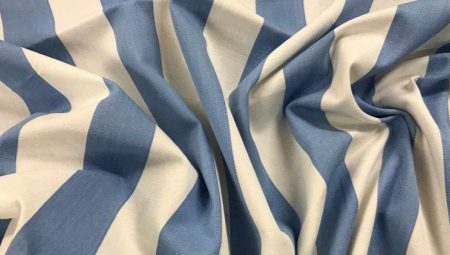
Printed fabrics are a worthy alternative to plain colors, among them there are classic varieties of ornaments. One of them is a strip. This pattern does not go out of fashion and is actively used in the manufacture of fabrics for clothing and interior design. Every year, this print is sure to be found in designer collections.
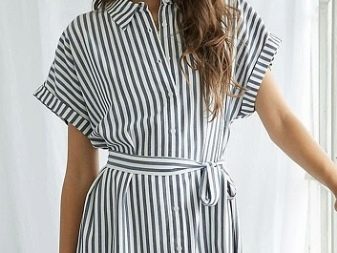
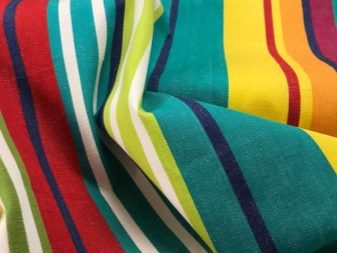
History
For a modern person, striped fabrics are something ordinary, but once this print looked strange and too original. In fact, there is no reliable information about who first used the strip design on the fabric. But approximately the history of the print was born in the Middle Ages. True, then this drawing was associated with a crime. Striped clothes were worn by social outcasts, vagabonds, women of low social responsibility, executioners, and clowns.
For many years, this pattern could not get rid of this unpleasant trail. At first, he was rehabilitated, using servants to sew clothes, gradually the ornament passed into the master's wardrobe. Already in the portraits of the time of Henry VIII, you can see men in striped pants. But in this century, the band either entered fashion, or again became an anti-trend.
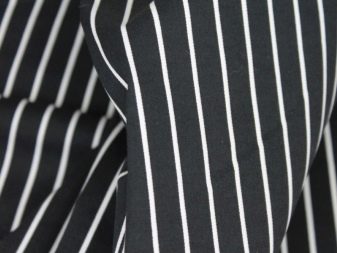
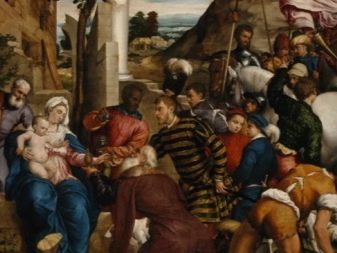
It was only during the Renaissance that this pattern gained relatively stable popularity. Then the whole society was focused on resisting the old foundations, stereotypes collapsed. At the end of the 18th century, striped clothing was already firmly entrenched in the wardrobe of the first persons of states, the nobility, and regardless of gender. The striped fashion literally blossomed at this time, India, China, Turkey supplied luxurious striped fabrics to Europe.
In the 19th century, perhaps the most popular striped wardrobe item appeared - the vest, then worn by sailors. By the XX century, designers managed to shake off the burden of prejudice, the strip began to be actively used in the men's wardrobe, and then in the women's. After the First World War, the print became mega-popular, especially in military directions. In the middle of the 20th century, black and white stripes became a hit; closer to the 70s, the print changed colors to the most unusual ones.
Since then, designers have not ignored the ornament, many brands make it their iconic, for example, the famous stripes "Adidas", "Paul Smith".
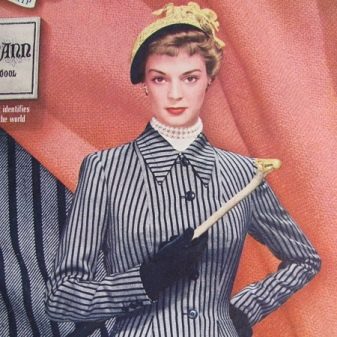
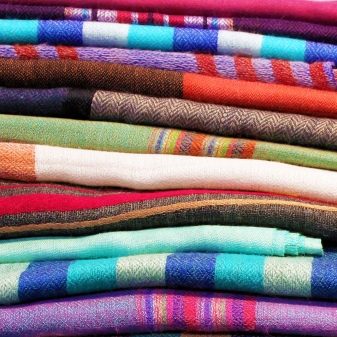
Views
Striped fabric is most often represented by the following varieties.
- Cotton. Very comfortable and lightweight natural material, thin, perfectly breathable. Irreplaceable matter for the heat. Cotton easily accepts all types of prints and is inexpensive.
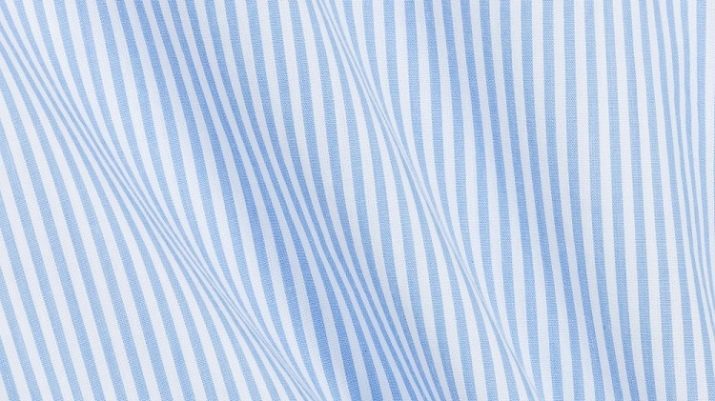
- Linen. Linen fabric is denser, but has all the advantages of cotton - breathability, lightness, comfort to wear.
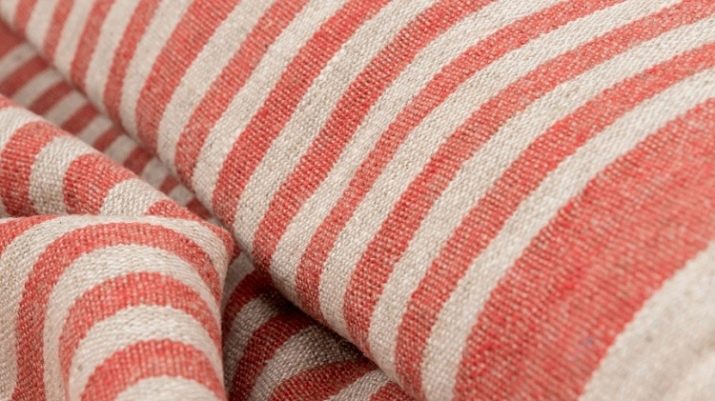
- Acrylic. The synthetic canvas is of fairly good quality, it is not capricious in leaving, it can be painted well. Suitable for off-season and winter clothing.

- Atlas. The fabric is glossy, silky, smooth. A very durable and sturdy material that is used in the manufacture of various types of clothing. The cost of the fabric is quite high, but it also looks very respectable and impressive.
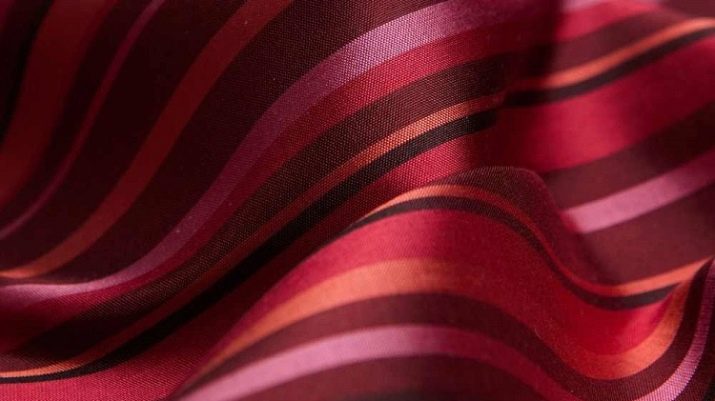
- Kulirka. Another option for sewing light summer clothes. It has good elasticity and firmness. It is from the cooler surface that the vests are sewn.

- Kashkorse. The fabric is cotton type, but flexible enough. It is often used for sewing children's clothing.
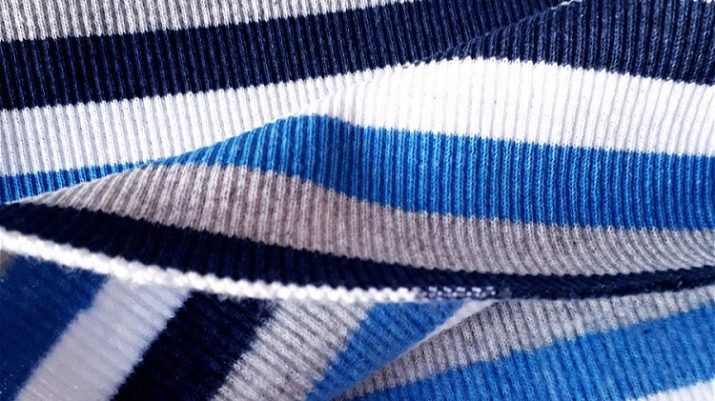
- Viscose. Slim and comfortable to wear with a silky sheen. Viscose is the most common fabric for making not only clothes, but also interior elements.
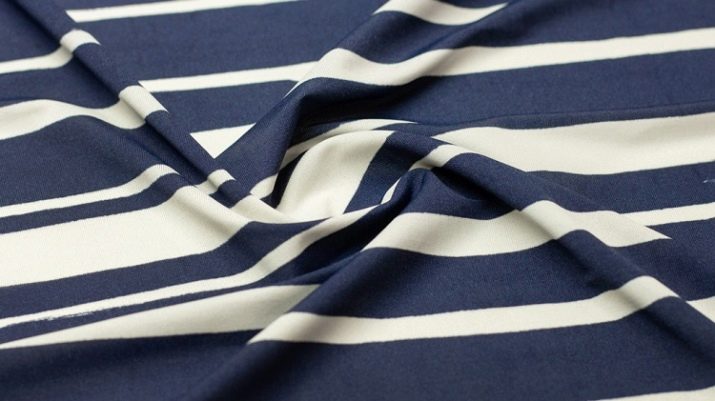
Colors and design
The striped ornament is actively used by designers of clothing and interior, largely due to its peculiarities to adjust the space and figure. Things in a large horizontal strip visually expand, enlarge. A particularly thin vertical strip should be used for stretching and giving grace, visual reduction. Thus, by choosing the right clothes, you can significantly correct the silhouette using a print. Has influence and print colors. Black and white, for example, will help distract attention from problem areas, mask them.
If there is a goal to draw attention to some part of the body or the image as a whole, saturated stripes are recommended: green, red, pink, blue, yellow in different combinations. Bright blue and white stripes - elegant classic summer print. In a strict outfit, a gray, muted lilac stripe looks most appropriate. The width of the strip is another important consideration. You should not choose wide striped clothing for special occasions. This option is extremely everyday. For the celebration, fabric with a narrow ornament is used.
Approximately the same techniques work in the interior as in clothes: a wide strip increases, a narrow strip decreases, a horizontal strip expands, and a vertical strip stretches.
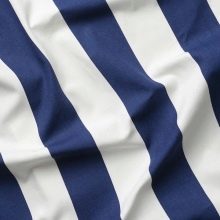
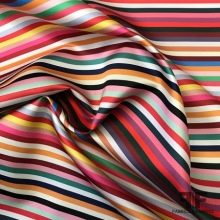
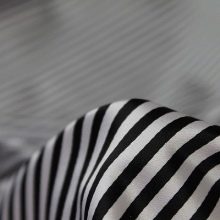
Application
A lot of things for different purposes can be sewn from striped fabric. First of all, of course, clothes, both top and any other. Striped dresses, suits, shirts, skirts, underwear, shorts, blouses and sweaters, T-shirts and T-shirts, coats and jackets are in great demand in modern fashion. Do not forget about the classic vest, which today is appropriate for casual looks, regardless of gender. Children's things with such a print, accessories are relevant.
In addition to clothing, such fabric is actively used for the manufacture of interior textiles. Striped fabric for upholstery sofas, cushions, bedspreads is a classic solution. Tablecloths and curtains are another common category.The strip can visually adjust the space, designers use this, including striped curtains or upholstery in the interior.
Fabric with a similar print is actively used for sewing bed linen, covers, mattress covers, roller curtains.

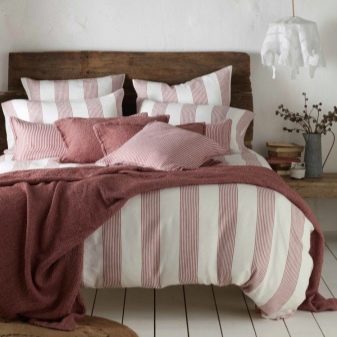
How to work with the material?
This type of patterned material requires a special approach to cutting and sewing. This applies to the translation of darts, adherence to points of contact according to geometric laws, methods of sewing things. In the finished product, lines and stripes should be symmetrical everywhere, including at the seams. There are a number of rules for working with striped fabric:
- it is necessary to identify the symmetrical axis of the repeating pattern and combine it with the symmetrical line on the pattern, this applies to the lines of the shoulder, sleeves and others;
- the material is laid in one layer, transparent patterns of the whole type are used;
- on the patterns, you should place the vectors of the direction of the print, the connection points of the elements to create organic seams;
- cutting in two layers is possible provided that the material is thoroughly hardened;
- the patterns are laid in a single direction if the pattern is asymmetrical;
- during cutting, the strips are connected not along the sewing line, but along the cut;
- on elements of a paired type, the ornament must be identical;
- the center of departure coincides with the ornament of the back or converges with a herringbone;
- small elements are always cut out after creating the main ones, so that it is more comfortable to connect the print;
- where alignment is impossible, an angle of 45 is created from separate strips of the dividing type;
- set-in type sleeves are adjusted according to the armhole vector;
- One-piece sleeves are created along the seam at the top, the fabric is fitted with a herringbone pattern.









